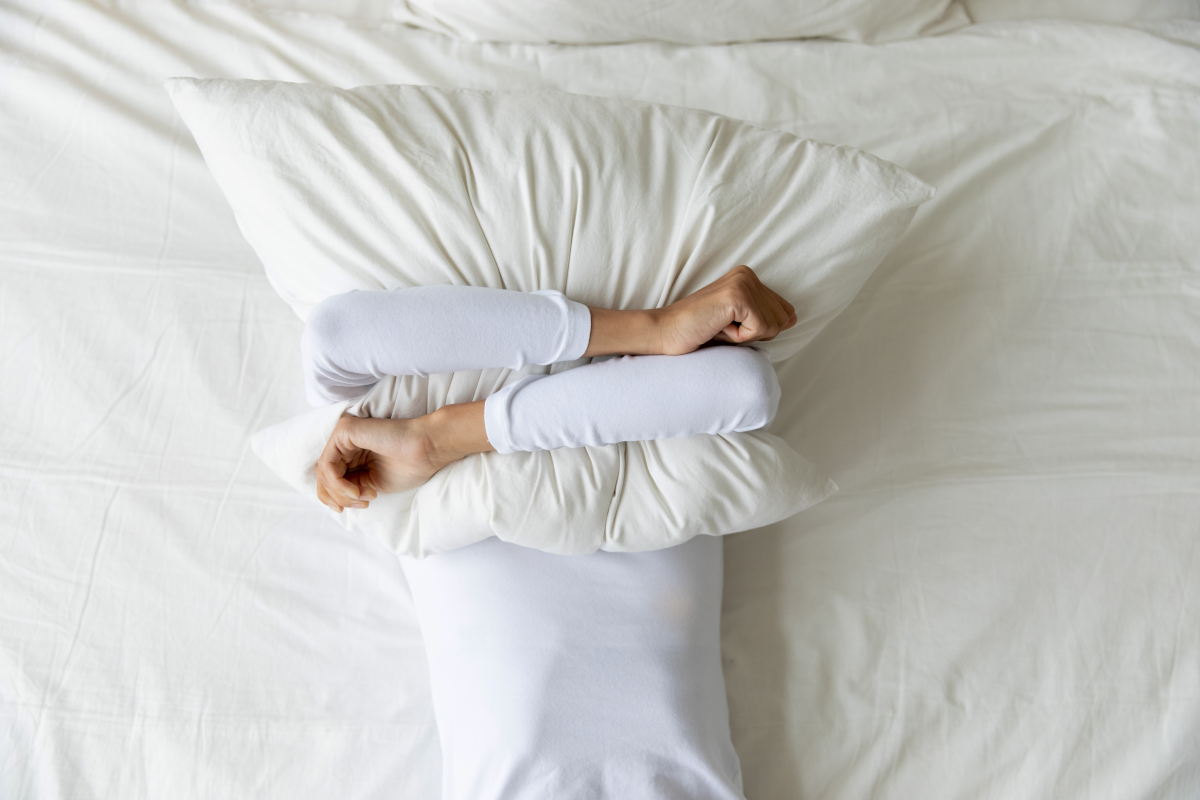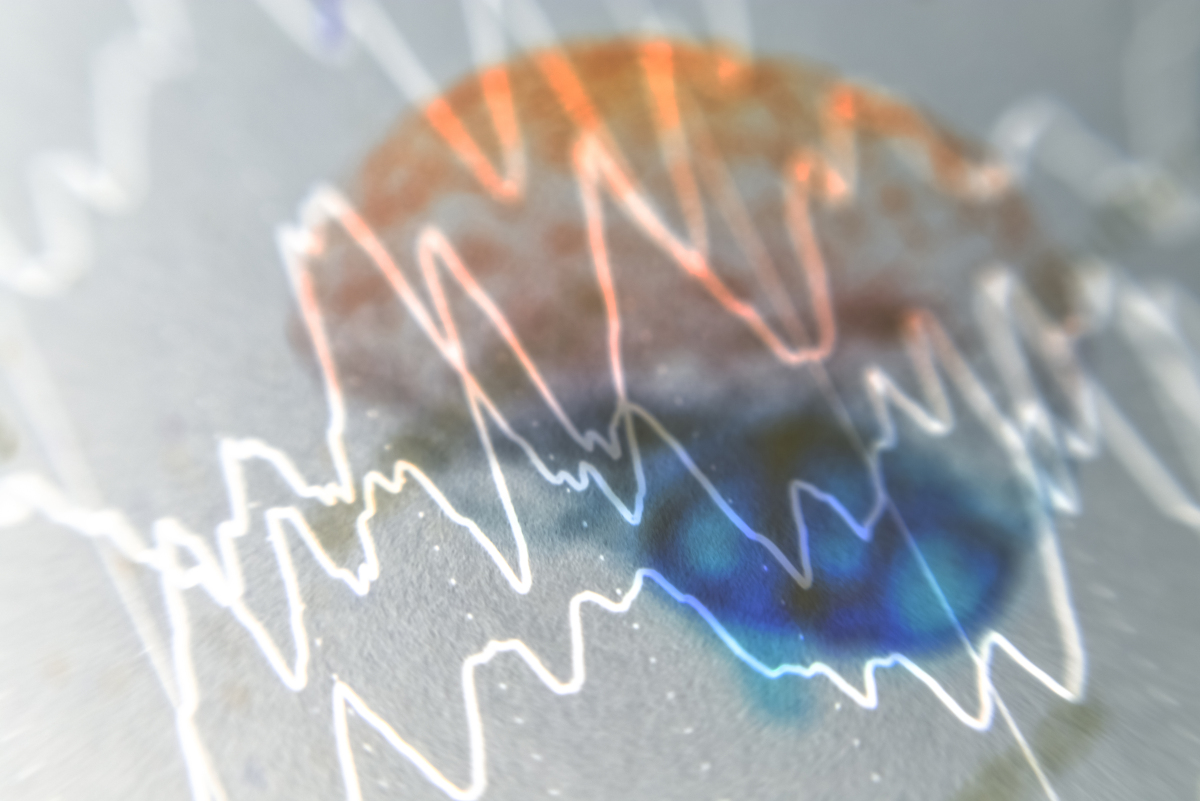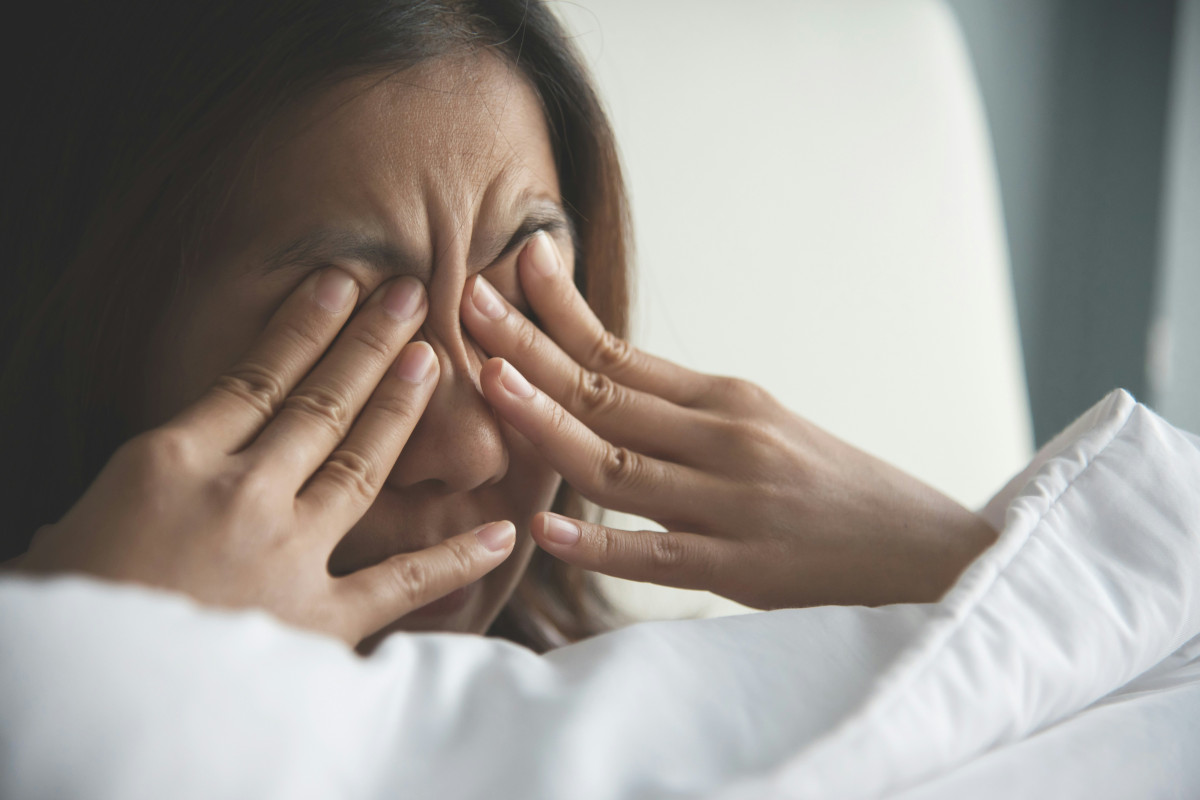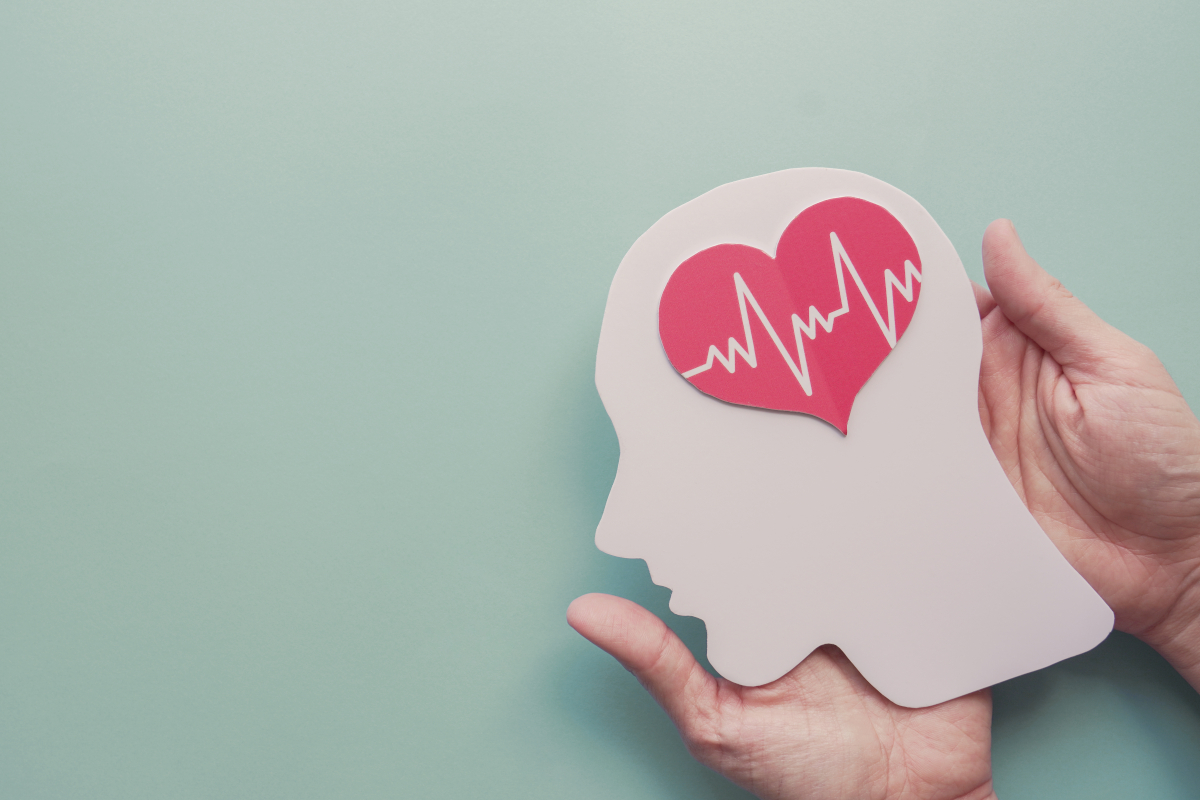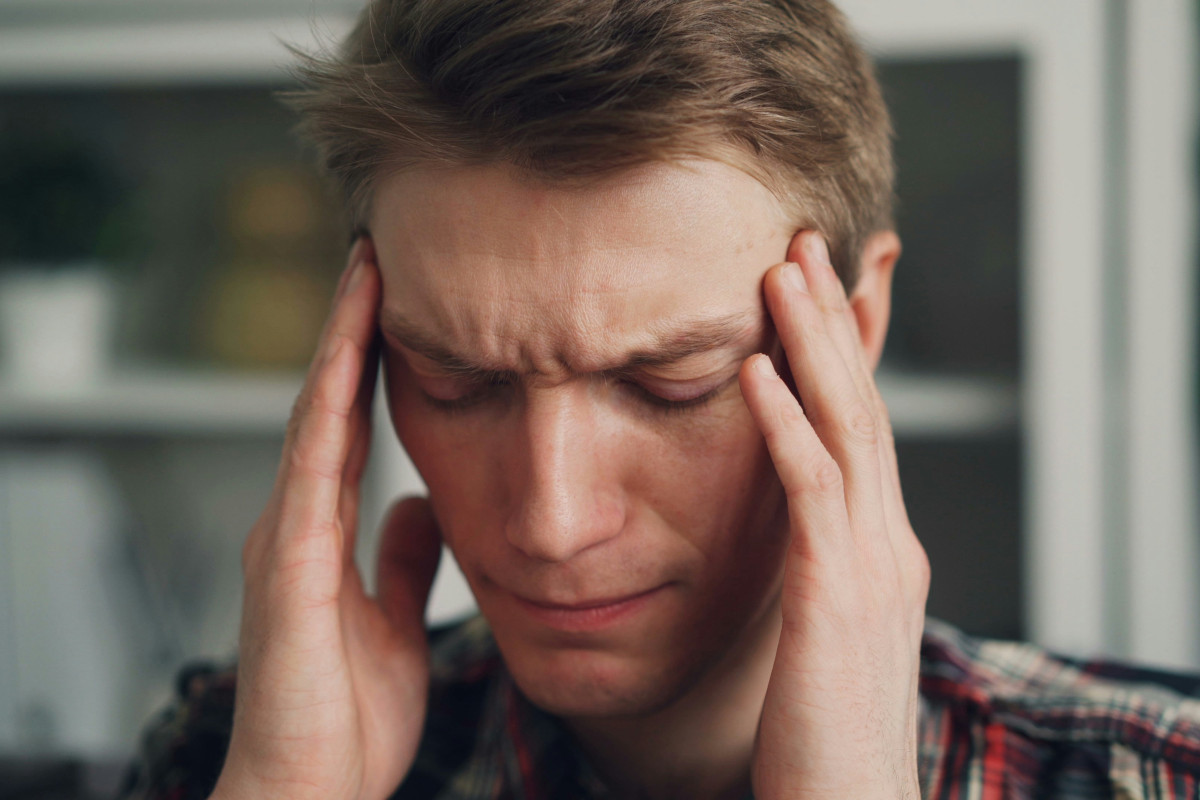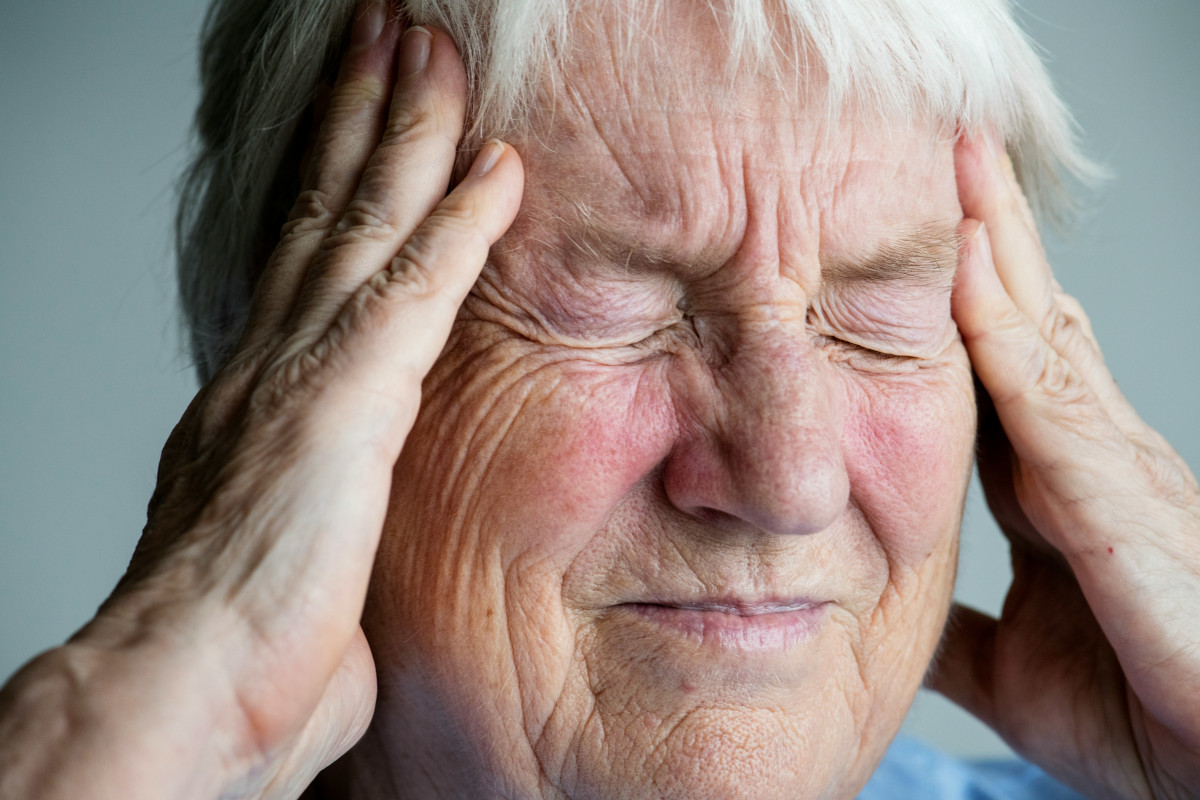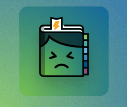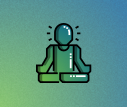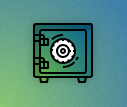Shift work and headache: what can help?
-
References
1. Appel AM, Török E, Jensen MA, et al. The longitudinal association between shift work and headache: results from the Danish PRISME cohort [published online ahead of print, 2020 Jan 11]. Int Arch Occup Environ Health. 2020;10.1007/s00420-019-01512-6. doi:10.1007/s00420-019-01512-6
2. Bjorvatn B, Pallesen S, Moen BE, Waage S, Kristoffersen ES. Migraine, tension-type headache and medication-overuse headache in a large population of shift working nurses: a cross-sectional study in Norway. BMJ Open. 2018 Nov 18;8(11): e022403. doi: 10.1136/bmjopen-2018-022403.
3. Castanon-Cervantes O, Wu M, Ehlen JC, et al. Dysregulation of inflammatory responses by chronic circadian disruption. J Immunol. 2010;185(10):5796-5805. doi:10.4049/jimmunol.1001026
4. Costa G, Anelli MM, Castellini G, Fustinoni S, Neri L. Stress and sleep in nurses employed in "3 × 8" and "2 × 12" fast rotating shift schedules. Chronobiol Int. 2014;31(10):1169-1178. doi:10.3109/07420528.2014.957309
5. Dall'Ora C, Ball J, Recio-Saucedo A, Griffiths P. Characteristics of shift work and their impact on employee performance and wellbeing: A literature review. Int J Nurs Stud. 2016; 57:12-27. doi: 10.1016/j.ijnurstu.2016.01.007
6. Geiger-Brown J, Sagherian K, Zhu S, et al. CE: Original Research: Napping on the Night Shift: A Two-Hospital Implementation Project. Am J Nurs. 2016;116(5):26-33. doi: 10.1097/01.NAJ.0000482953.88608.80
7. Hittle BM, Gillespie GL. Identifying shift worker chronotype: implications for health. Ind Health. 2018;56(6):512-523. doi:10.2486/indhealth.2018-0018
8. Jacobson, E. American Journal of Psychology; Urbana, etc. Bd. 36, (Jan 1, 1925): 73.
9. Jensen HI, Larsen JW, Thomsen TD. The impact of shift work on intensive care nurses' lives outside work: A cross-sectional study. J Clin Nurs. 2018;27(3-4):e703‐e709. doi:10.1111/jocn.14197
10. Kuo WY, Huang CC, Weng SF, et al. Higher migraine risk in healthcare professionals than in general population: a nationwide population-based cohort study in Taiwan. J Headache Pain. 2015; 16:102. doi:10.1186/s10194-015-0585-6
11. Loef B, Nanlohy NM, Jacobi RHJ, et al. Immunological effects of shift work in healthcare workers. Sci Rep. 2019;9(1):18220. Published 2019 Dec 3. doi:10.1038/s41598-019-54816-5
12. Matheson A, O'Brien L, Reid JA. The impact of shiftwork on health: a literature review. J Clin Nurs. 2014;23(23-24):3309-3320. doi:10.1111/jocn.12524
13. Sokolovic E, Riederer F, Szucs T, Agosti R, Sándor PS. Self-reported headache among the employees of a Swiss university hospital: prevalence, disability, current treatment, and economic impact. J Headache Pain. 2013 Mar 26; 14:29. doi: 10.1186/1129-2377-14-29.
14. Sun Q, Ji X, Zhou W, Liu J. Sleep problems in shift nurses: A brief review and recommendations at both individual and institutional levels. J Nurs Manag. 2019;27(1):10-18. doi:10.1111/jonm.12656
15. Zimber, A., Albrecht, A. & Weyerer, S. (1999). Arbeitsbedingungen und Arbeitsbelastungen in der stationären Altenpflege. In A. Zimber & S. Weyerer (Hrsg.), Arbeitsbelastung in der stationären Altenpflege (S. 185-199). Göttingen: Verlag für Angewandte Psychologie
16. Zok K. Gesundheitliche Beschwerden und Belastungen am Arbeitsplatz: Ergebnisse aus Beschäftigtenbefragungen. Wissenschaftliches Institut der AOK. Berlin. 2010

